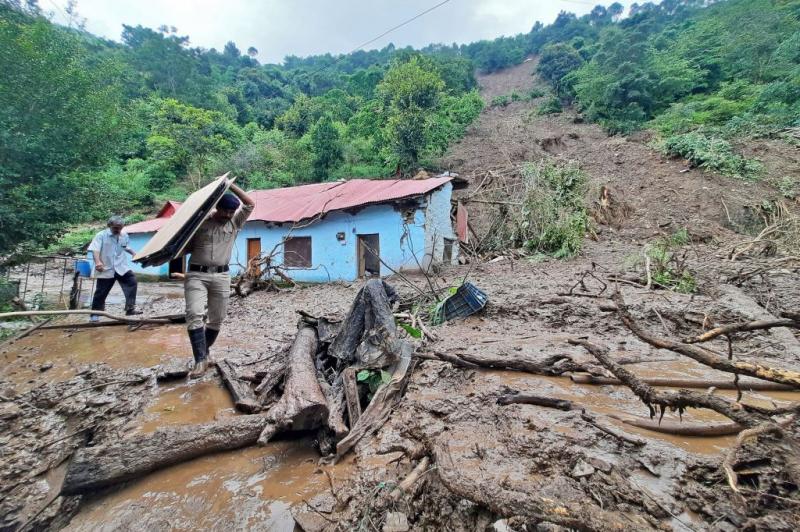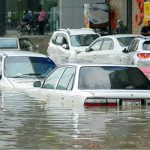Torrential monsoon rains over the last two weeks have triggered deadly flash floods and landslides in India’s northern Himalayan states, particularly Himachal Pradesh and Uttarakhand. Officials report that at least 69 people have lost their lives and 110 others have been injured as rivers, including the Beas, overflowed and swept away roads, homes, and vital infrastructure. The state’s revenue department has described the cumulative damage as severe, with many areas still cut off and rescue operations underway.
The India Meteorological Department has issued fresh alerts for “heavy to very heavy rainfall” in the coming days, warning residents and tourists to remain vigilant. The monsoon season, which runs from June to September, is essential for India’s water supply but often brings widespread destruction, especially in hilly and flood-prone regions. In addition to Himachal Pradesh, neighboring Uttarakhand is also on high alert due to rising river levels and the risk of further landslides.
The impact of the monsoon has not been limited to the north. In June, heavy rains in India’s remote northeast led to the Brahmaputra River overflowing its banks, causing at least 30 deaths and inundating towns and villages in Assam. Other northeastern states, including Arunachal Pradesh, Mizoram, and Manipur, have also reported landslides and flash floods, prompting the deployment of military and disaster response teams for relief efforts.
Scientists note that South Asia is experiencing hotter temperatures and shifting weather patterns, but the precise effects of climate change on the monsoon remain uncertain. Last month, Mumbai experienced its earliest monsoon onset in nearly 25 years, underscoring the unpredictability and growing intensity of seasonal rains across the region.














